Durham’s cathedral of food
Emma Henderson takes a trip around County Durham to find its culinary best bits from tiny gin bars to a hotel-restaurant worth its weight in gold
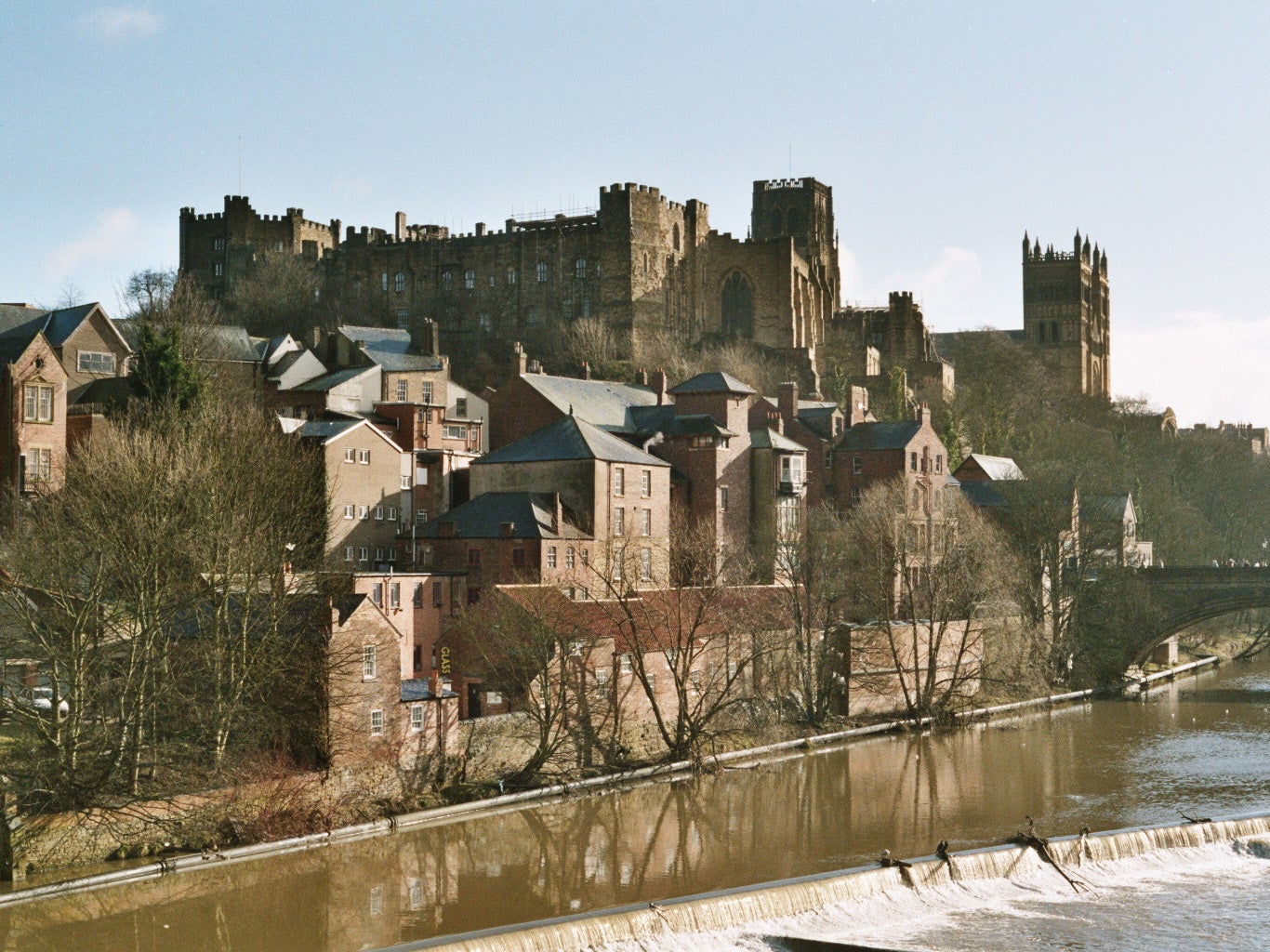
Your support helps us to tell the story
From reproductive rights to climate change to Big Tech, The Independent is on the ground when the story is developing. Whether it's investigating the financials of Elon Musk's pro-Trump PAC or producing our latest documentary, 'The A Word', which shines a light on the American women fighting for reproductive rights, we know how important it is to parse out the facts from the messaging.
At such a critical moment in US history, we need reporters on the ground. Your donation allows us to keep sending journalists to speak to both sides of the story.
The Independent is trusted by Americans across the entire political spectrum. And unlike many other quality news outlets, we choose not to lock Americans out of our reporting and analysis with paywalls. We believe quality journalism should be available to everyone, paid for by those who can afford it.
Your support makes all the difference.The old market town of Durham is not really known for its food, rather its history – and of course, the cathedral and university. But that’s changing. It may be rather sleepy and since 2015 has lost some of its best restaurants, but new eateries are continuing to open in their place. Set in the North-east, just south of Newcastle upon Tyne and above Hartlepool, it’s best accessed by train – far quicker than a laborious drive, even for the most steadfast drivers.
At the heart of Durham is the market square with plenty of craft and food stalls. But head inside the traditional Victorian covered market and it’s full of second-hand book stalls, haberdashers and butchers. For a quick bite on the go, try a handmade Neapolitan-style slice from the Brooklyn Pizza Slice stall (open daily, except Sunday). The slices are huge, start from £2 and it’s fresh and thinly crisp.
Outside of the market, don’t be surprised to see people queuing – and when there are queues out the door, you know something’s good. It’s the best stamp you can get, and with a London-style no booking system, the Flat White Kitchen has the interiors to match the menus. With exposed brick, reclaimed wooden seats and a cactus or two around, the coffee is suitably punchy. So even if you don’t make a table be sure to get a takeaway in its branded cups. There is homemade cake too. But if you do, there’s a generous brunch list from ricotta and fruit pancakes (£6.95) to eggs florentines (£8.95) and ham hock hash (£9.95).
Along the rest of the high-street, almost every other building is a cafe or somewhere to eat or drink, from burgers with river views at The Library to the quaintly named and decorated cosy Cafedral for tea and cake, on the edge of the cathedral square.
But just outside of the town centre is Finbarr’s restaurant, in its new location.
At the heart of Finbarr’s is local produce such as Durham gin, haggis scotch egg and cured salmon. Rustic charm abounds in the form of the grade-II listed converted farm building that has retained its quirky character, with exposed beams and all that classic, crisp, white linen. The service is good too.
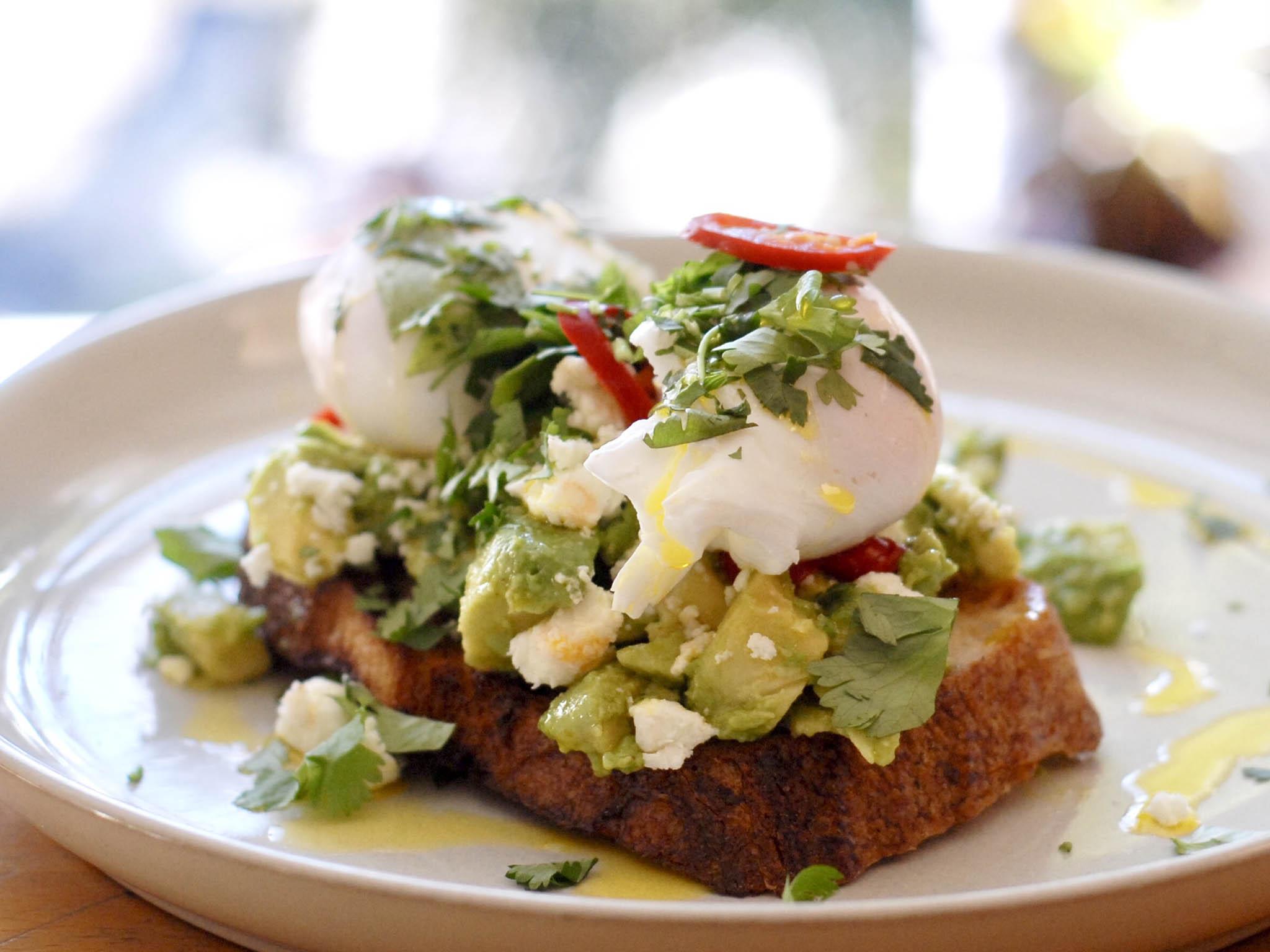
The menu is large: classics include French onion soup, whole lemon sole, beef Wellington and wild mushroom risotto. Though dishes are given a more modern British twist, like the scallops served with roast pork belly that comes with burnt cauliflower puree and samphire (a generously sized starter at £14.50) and the oriental rare beef salad (£9.50).
Post dinner, head to the Tin of Sardines gin bar – named so for “probably” being the smallest gin bar in the world. It’s home to more than 160 handcrafted gins and is unsurprisingly the largest collection of the botanical spirit in the city. You can even make your own gin, but it might be best to let the experts do their stuff.
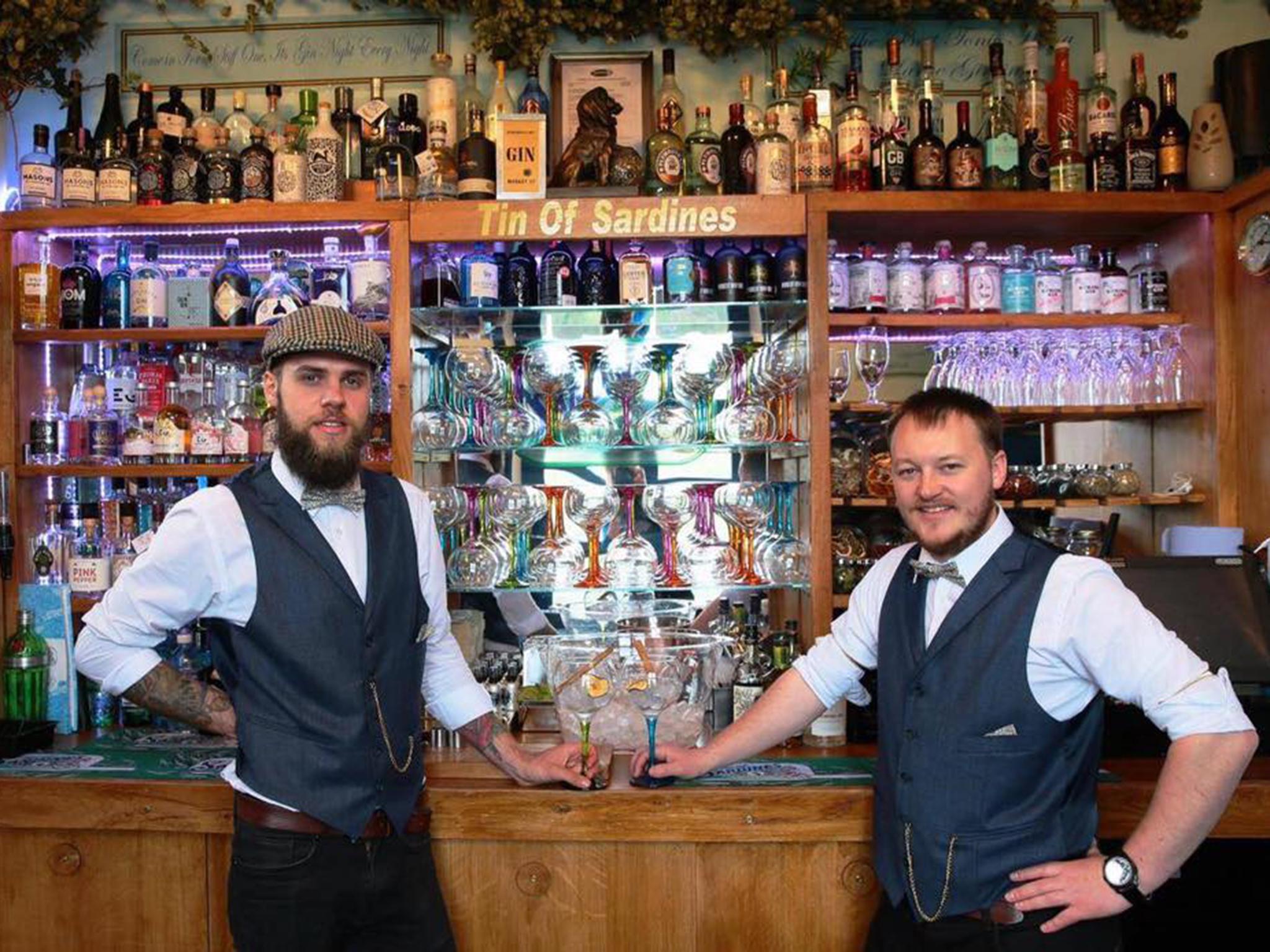
Stay at boutique hotel The Town House (doubles from £95 with breakfast) on one of the Durham’s oldest streets and just a 10-minute walk from the city centre. It’s housed in a Georgian-style building and a cobbled street outside. Rooms are decorated in a boudoir style, with rich and dark materials and heavy drapes – in line with the rest of the hotel. Think eccentric leopard print carpet in the dining room and tartan-carpeted staircases. Some rooms have freestanding baths in the room and some have whirlpool tub. It’s small and intimate and perfect for sightseeing. The only parking, however, is on the street, metered.
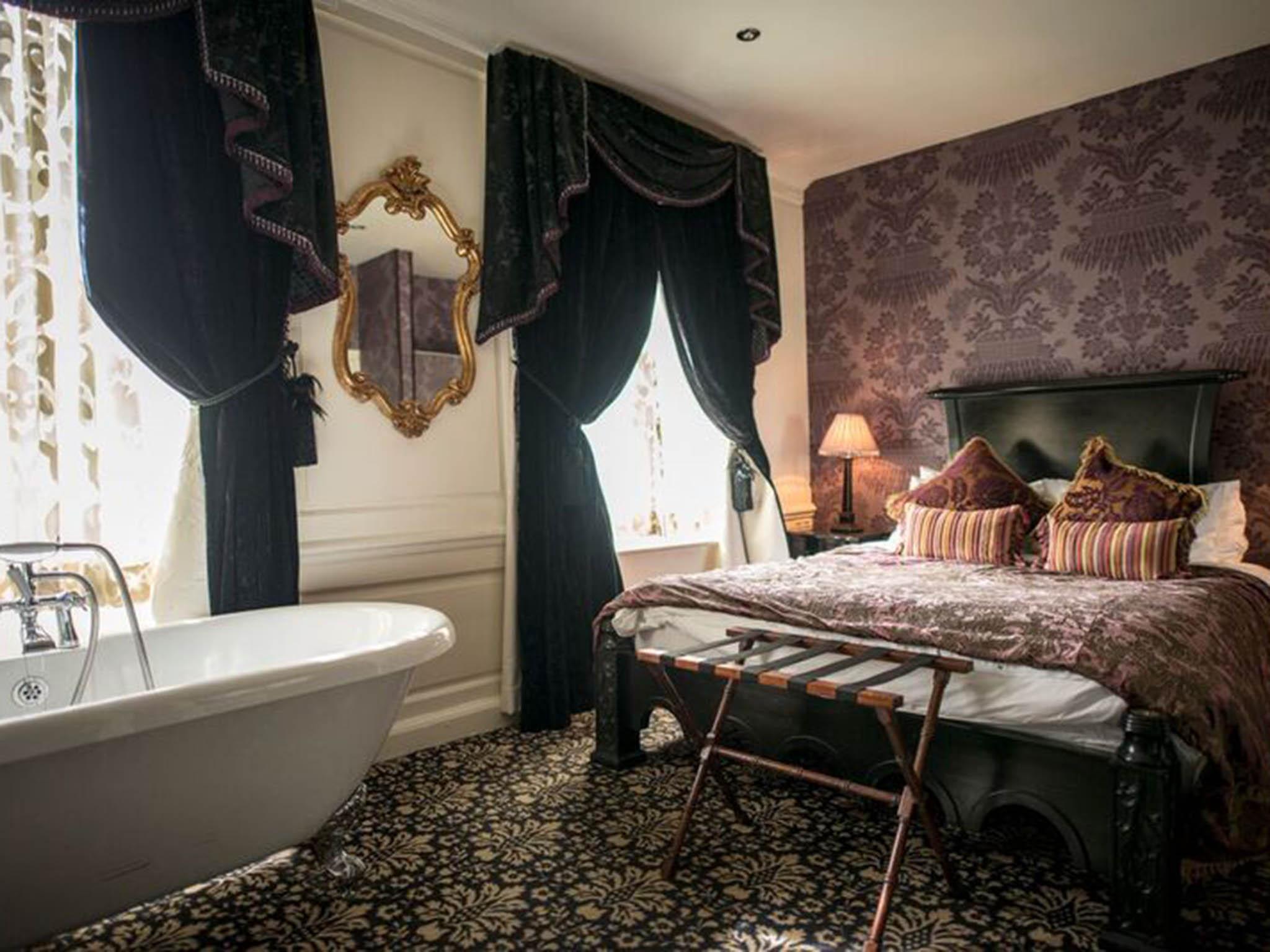
If you’re after a little pampering, head 45 minutes south to Darlington’s Rockliffe Hall (doubles from £220) in Hurworth-on-Tees, bordering Yorkshire. It’s a lovingly extended country house that’s spacious with a golf course, a spa and plenty of surrounding greenery. It is owned by Middlesbrorough football club owner, Steve Gibson,
The rooms are beyond generous in size, and with only 61 across the entire building which is huge, the bathrooms are spacious with baths and walk-in showers and separate loos.
Last month, The Orangery restaurant was awarded three AA Rosettes, but it’s really after the coveted Michelin star – something that will inevitably draw more diners. And rightly so. The food is impressive, from the a la carte to the seven- and nine-course tasting menus (from £70). It may look a little fussy, but it’s almost mathematical approach partners with perfect portion sizes, vibrancy, innovative design and experimental flair created by executive head chef Richard Allen – previously of the Michelin-starred Grand Jersey Hotel. The setting is Victorian glass roof and iron supports with views of the grounds outside.
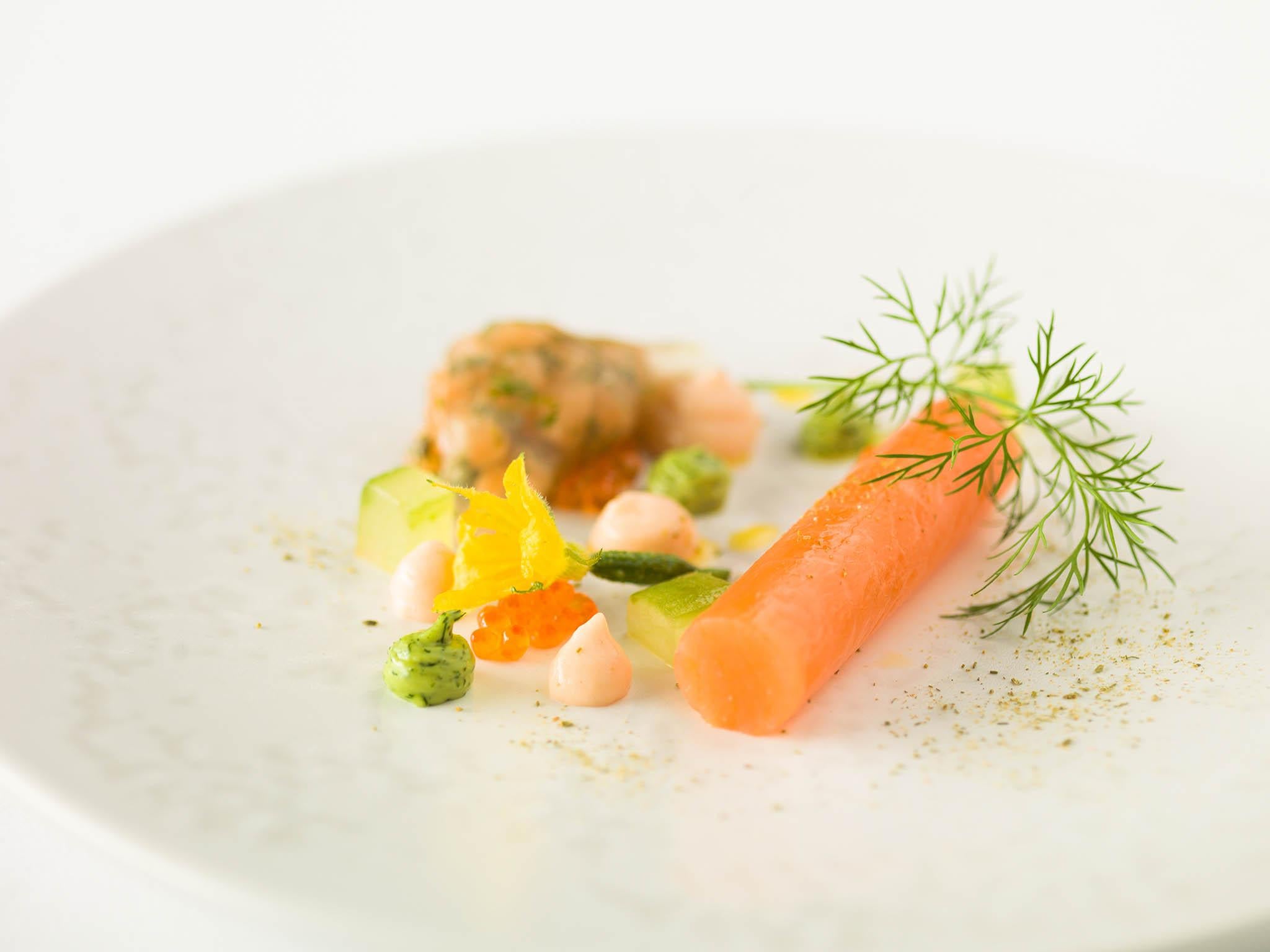
Food is locally sourced: venison comes from Wolsignham in County Durham, cheese from Shepherd’s Purse in North Yorkshire and eggs from Wendsleydale Eggs in nearby Leyburn as well as from the kitchen gardens.
The standout from the seven course menu is the sea trout, served as a slim, perfect, cylinder of citric, orange-coloured flesh, with a side mousseline. Fine and opaque, this covers a mini-tartare of the same fish which is the tastiest part of the dish. It’s sandwiched by the other two best items: “12 variations of beetroot” – although they’re not entirely explained, it’s more fun carefully ploughing through the variations, which are dominated by a large pink foam ball. The dish following the sea trout is the duck breast which comes on an unusual sweetcorn sauce – it’s very bright and very sweet – and the lightly crisped roll of duck leg meat is rich and certainly leaves you wanting more. Go for the accompanying wine flight (from £50), served by the restaurant's charismatic sommelier, Daniel which includes a pinot noir rose from Sussex and a superb late harvest malbec dessert wine from Argentina.
Aside from the food, the hotel’s second-best feature is the spa garden which has an infinity pool with jets that overlook parkland, a glass-fronted sauna, heated relaxation lounge chairs and a jacuzzi, which is accessible for a worthy upgrade of £30. While all guests have access to the pool and steam rooms.
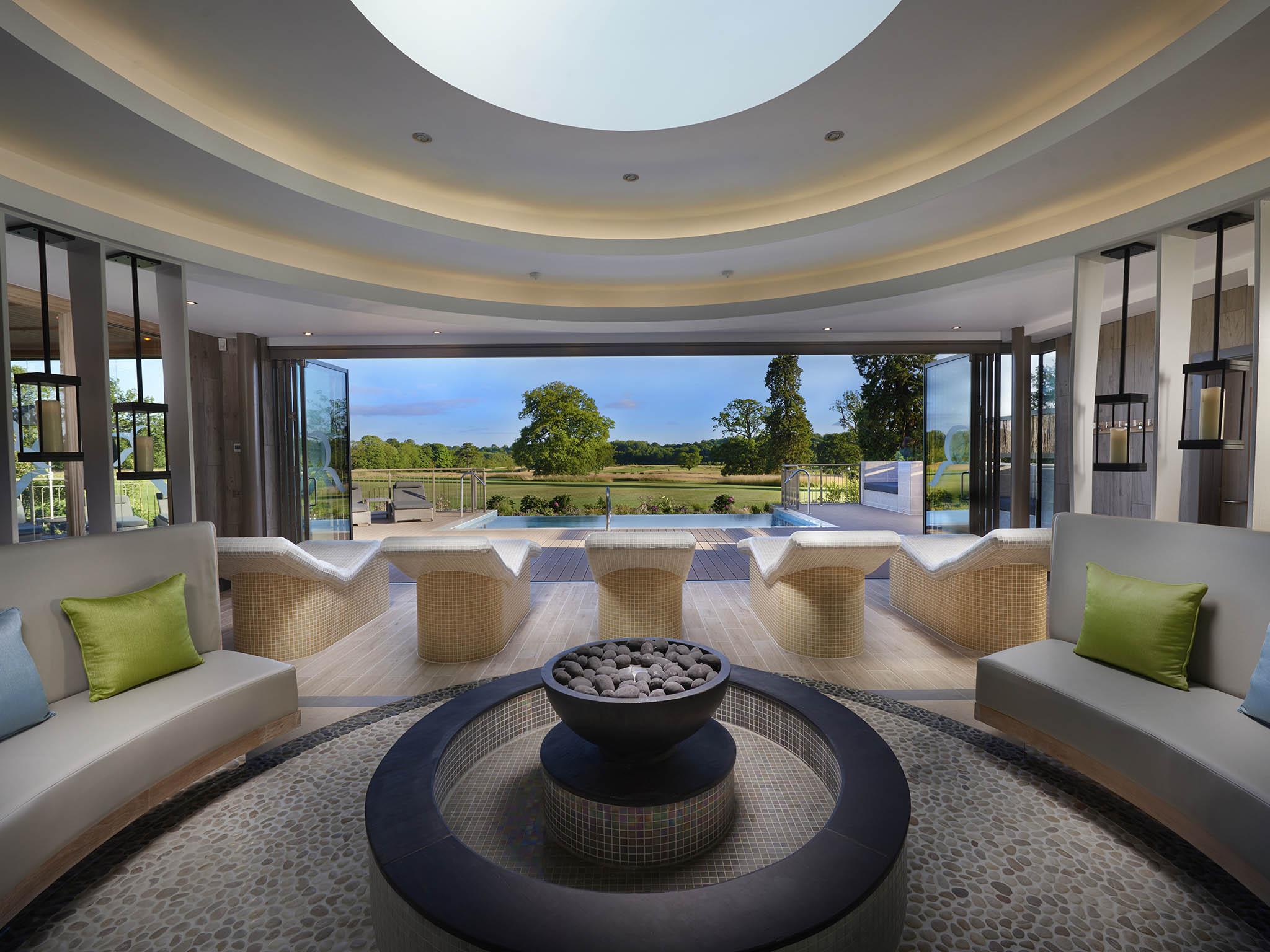
On the way home, stop off at the family-run Mainsgill farm shop which is just 20 minutes from the hotel and four miles from Scotch Corner. It’s a little eccentric, with emus, camels and llamas outside but head inside to find a huge food hall full of local produce, from meat from the farm to artisan gins, chutneys, crisps and gluten free pasta. We stocked up on plenty from the deli for a picnic in the car and for lunch for the following week.
Join our commenting forum
Join thought-provoking conversations, follow other Independent readers and see their replies
Comments